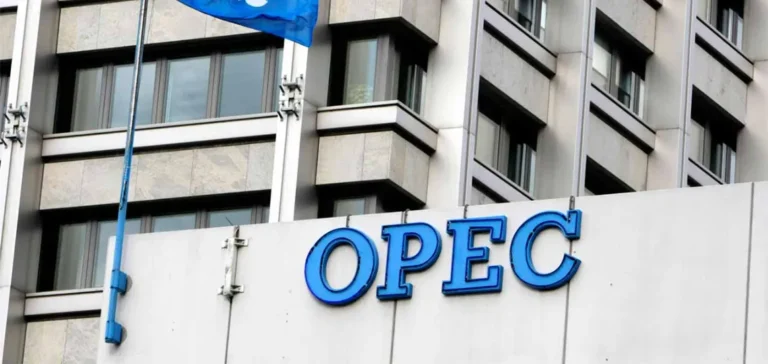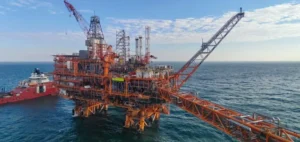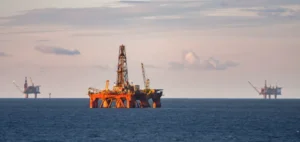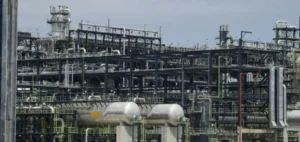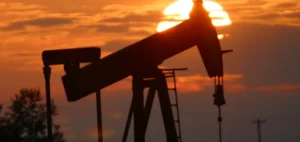The Organization of the Petroleum Exporting Countries (OPEC) and the Gas Exporting Countries Forum (GECF) expressed a shared concern about the evolution of the energy market during the 6th OPEC-GECF Energy Dialogue meeting held in Vienna. Both organisations anticipate a medium- to long-term supply deficit, driven by a growing imbalance between rising demand and current investment levels in energy infrastructure.
Growth projections outpace current capacities
According to the World Oil Outlook 2023 report published by OPEC, global primary energy demand is expected to grow by more than 23% by 2045. Simultaneously, the GECF projects in its Global Gas Outlook 2050 a more than 30% increase in global natural gas demand by 2050. These forecasts sharply contrast with the current pace of investment, which is considered insufficient to ensure a sustainable balance between supply and demand.
Massive funding needs in hydrocarbons
OPEC estimates that the global oil sector will require over $12tn in cumulative investments by 2045, covering production, transport, and processing. Meanwhile, the GECF puts financing needs for the global gas industry at over $11tn by 2050. Both institutions stress the necessity of stable and regular capital flows, warning that delayed investment could lead to prolonged supply tensions.
A continuing central role for hydrocarbons
Despite changes in the energy mix, OPEC and the GECF maintain that hydrocarbons will remain vital to the global economy in the coming decades. They cite sectors where alternatives remain technically or economically limited. According to the World Energy Balances 2023 report by the International Energy Agency (IEA), oil and gas still accounted for over 50% of global primary energy consumption in 2022.
The two organisations thus call for a pragmatic view of the energy transition, backed by sustained investments in oil and gas sectors to avoid a long-term structural imbalance in the market.


